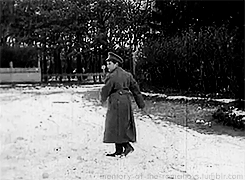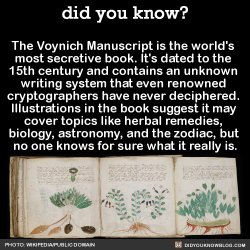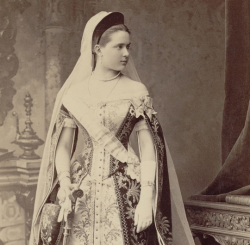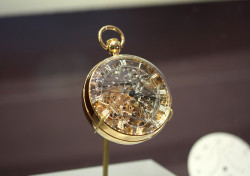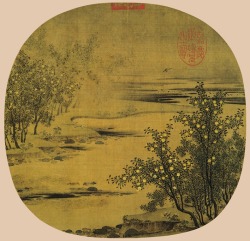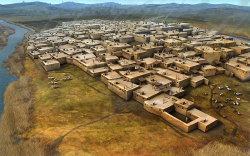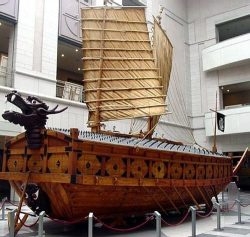arelativenewcomer: Shibata Zeshin (1807–1891) was a painter and lacquerer active in the late Edo and early Meiji periods. Along with professional skills, he learned poetry, history, and philosophy; he also practiced the Way of Tea. He excelled in the

arelativenewcomer: Shibata Zeshin (1807–1891) was a painter and lacquerer active in the late Edo and early Meiji periods. Along with professional skills, he learned poetry, history, and philosophy; he also practiced the Way of Tea. He excelled in the

arelativenewcomer: Shibata Zeshin (1807–1891) was a painter and lacquerer active in the late Edo and early Meiji periods. Along with professional skills, he learned poetry, history, and philosophy; he also practiced the Way of Tea. He excelled in the

arelativenewcomer: Shibata Zeshin (1807–1891) was a painter and lacquerer active in the late Edo and early Meiji periods. Along with professional skills, he learned poetry, history, and philosophy; he also practiced the Way of Tea. He excelled in the

arelativenewcomer: Shibata Zeshin (1807–1891) was a painter and lacquerer active in the late Edo and early Meiji periods. Along with professional skills, he learned poetry, history, and philosophy; he also practiced the Way of Tea. He excelled in the

